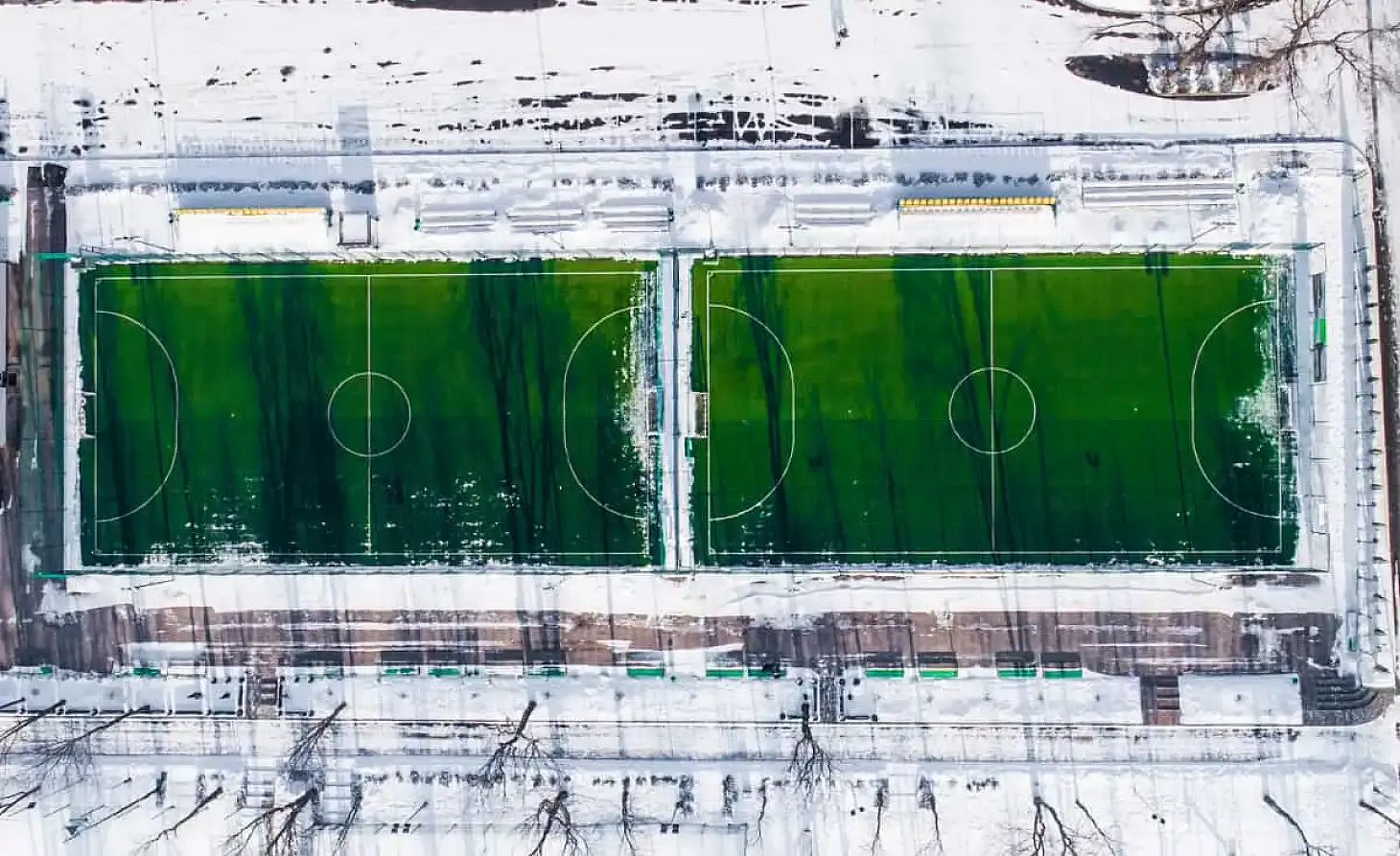Making the Most of the Winter Break in Football
Every year, football in Germany and most of Europe takes a break during winter. Typically lasting between 8 and 12 weeks, this period can either ruin a strong first half of the season or serve as a chance to recover from a poor one. With proper planning and the right approach, teams can use this time to set themselves up for success in the coming months.
Structuring the Winter Break
To utilize this break effectively, it’s crucial to analyze the first half of the season and set clear objectives for the second half. Key questions include:
- What were our goals at the start of the season, and are we on track?
- Have we played in a way that aligns with our game philosophy?
- What weaknesses and issues emerged, and how can they be addressed?
- Where were our strengths?
- How well did we cope physically and athletically?
Once these questions are answered, teams can move forward with a structured plan for the second half of the season.
Timeline and Phases
The winter break begins before the last match of the first half of the season. The day after the last game should not mark the start of vacation but rather a cool-down phase. Just as players can’t start a season without preparation, they can’t immediately switch to relaxation mode—it could lead to injuries.
Phase 1: Cool-Down & Recovery (Weeks 1-4)
- Week 1: Cool-down phase to gradually reduce intensity.
- Weeks 2-4: Complete football-free period with individualized training plans provided by the fitness coach.
- While the focus is on physical and mental recovery, players should maintain their basic endurance.
- Week 4: Training intensity slightly increases to prepare players for the next phase.
Phase 2: Returning to Training (Weeks 5-7)
- Week 5: Resumption of team training, with a low-intensity focus on small games and passing drills.
- Communication of the team’s second-half objectives.
- Week 6: Tactical content is introduced, but game formats should not exceed 7v7.
- Week 7: Training intensity increases, with full-pitch 11v11 drills.
- First friendly match against a mid-level opponent (e.g., a league leader from a lower division) to assess progress.
Phase 3: Training Camp & Final Preparation (Weeks 8-11)
- Week 8: If possible, a training camp (4-7 days) is held, featuring intense sessions and a strong opponent.
- Week 9: Full-intensity training as the team returns to competitive mode.
- The final friendly matches provide the last competitive tests.
- Week 10: Full preparation for the first match of the second half of the season.
Training Content and Approach
The winter break isn’t the time for a complete tactical overhaul. Instead, it should refine and optimize the playing philosophy established in preseason.
A structured approach should involve:
- Small-sided drills progressing into full-team tactical execution.
- Focus on individual, group, and team tactics in a sequential manner.
- Maintaining physical intensity while reintroducing tactical discipline.
Example Training Schedule
| Week | Warm-Up | Main Drill 1 | Main Drill 2 | Final Drill | Match |
|---|---|---|---|---|---|
| 6 | 4v2 Rondo | Football Tennis | Passing drill with finishing | 3v3 on mini goals | No match |
| 7 | 5v3+1 Rondo | Individual & group tactics (passive opponent) | 7v7 on mini goals | 9v9 full goals | Friendly vs. lower-level team |
| 8 | 5v2 high-intensity Rondo | Group tactics (active opponent) | Set-piece drills | 11v11 | First friendly match |
| 9 | 2v2 +2 wall players in the box | Group tactics (active opponent) | Team tactics & set-pieces | 11v11 | Second friendly match |
| 10 | 3v1 to 5v3 pressing Rondo | Group tactics (active opponent) | Full team tactical execution | 11v11 | Final friendly match |
The winter break is a crucial period for physical recovery, tactical refinement, and mental preparation. When planned effectively, it allows teams to build on their strengths, address weaknesses, and enter the second half of the season fully prepared.

